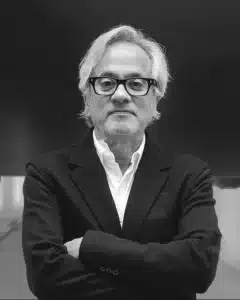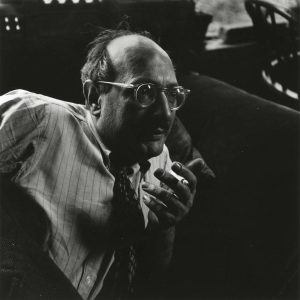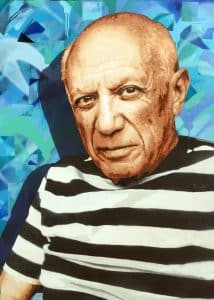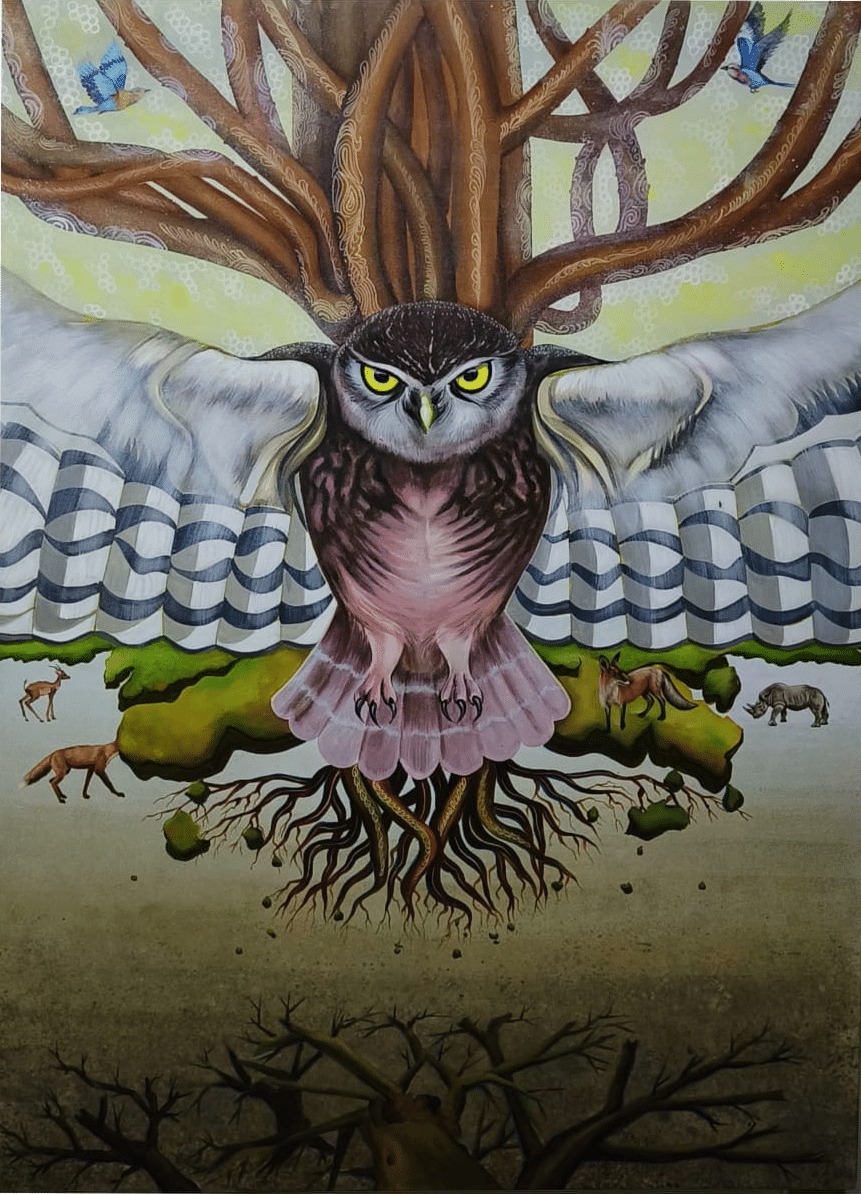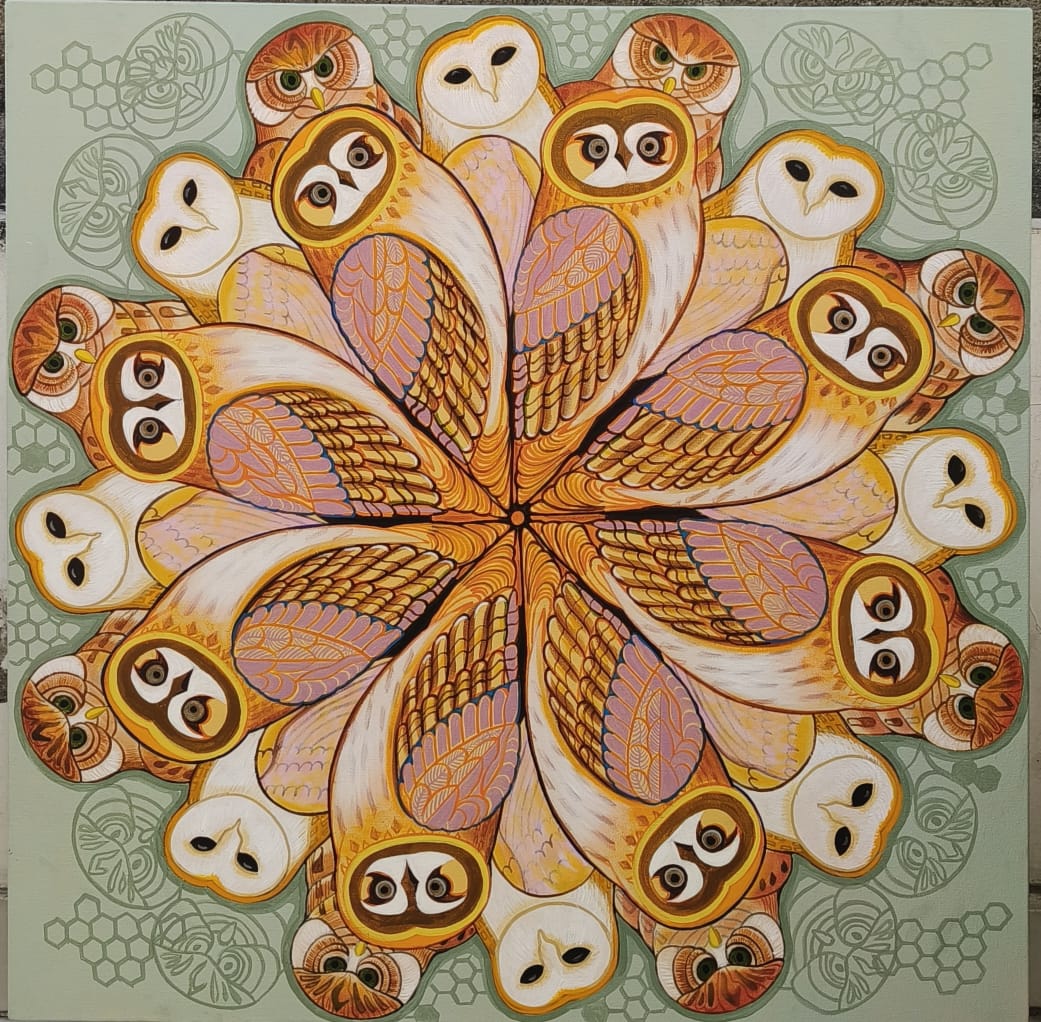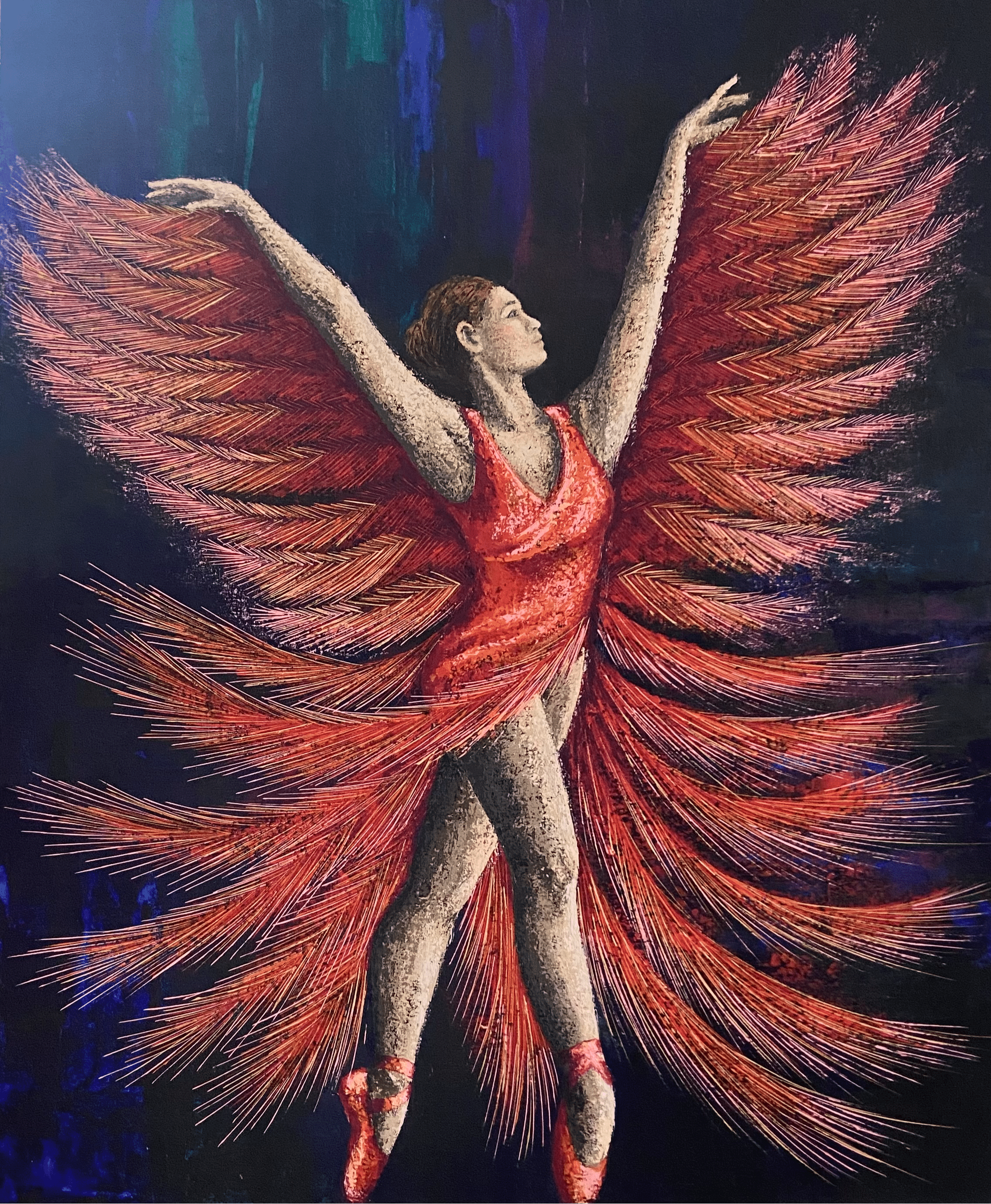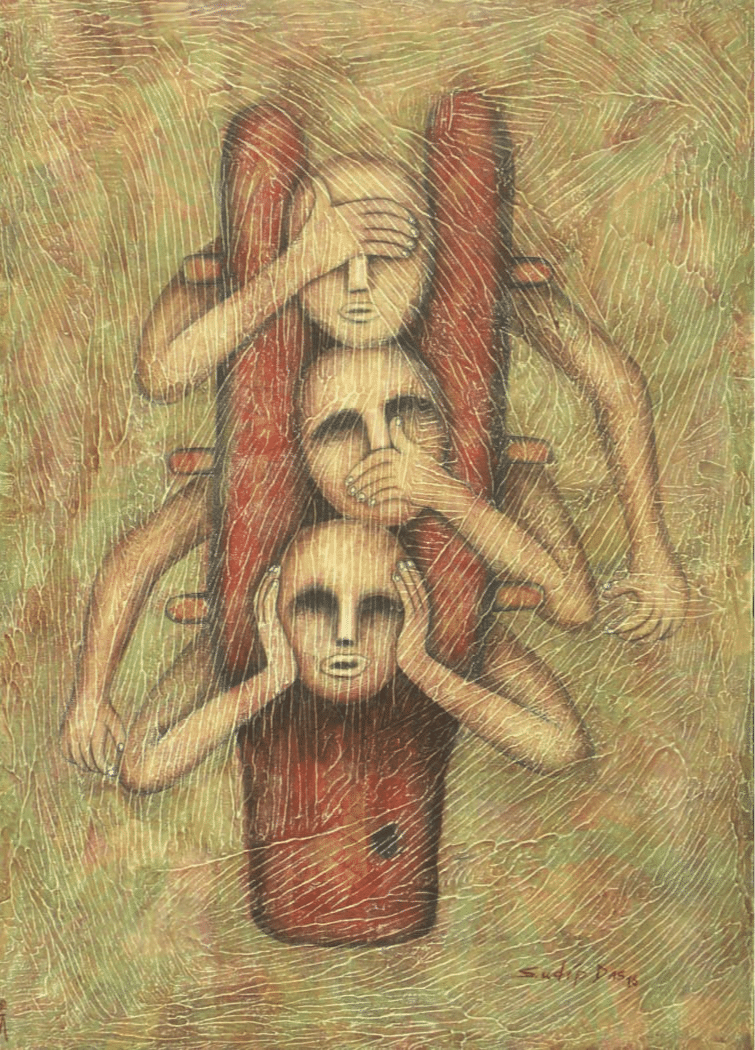
A rare glimpse of the enigmatic Austrian artist whose golden style and sensual symbolism redefined modern art.
Gustav Klimt was a pioneering Austrian artist whose golden-hued masterpieces redefined modern art. His lavish use of gold leaf, intricate patterns, and evocative figures solidified his place in history as a key figure in the Art Nouveau movement. Known for works like The Kiss and Portrait of Adele Bloch-Bauer I, Klimt’s art continues to captivate audiences worldwide.
Early Life: A Talent in the Making
Gustav Klimt was born in 1862 in Baumgarten, Austria. From a young age, Gustav, alongside his two brothers Ernst and Georg, displayed an extraordinary talent for art, leading him to study at Kunstgewerbeschule, the Vienna School of Arts and Craft, currently the University of Applied Arts Vienna. He studied architectural painting at this esteemed institution from 1876-83. He also admired Hans Makar, a famous Viennese historical painter of the era. Gustav, his brother, and their friend Franz Matsch began working together and received commissions from the team that they called the “Company of Artists”. Klimt started his career by painting interior murals and ceilings in large public buildings along the Ringstraße, creating a successful series titled Allegories and Emblems.
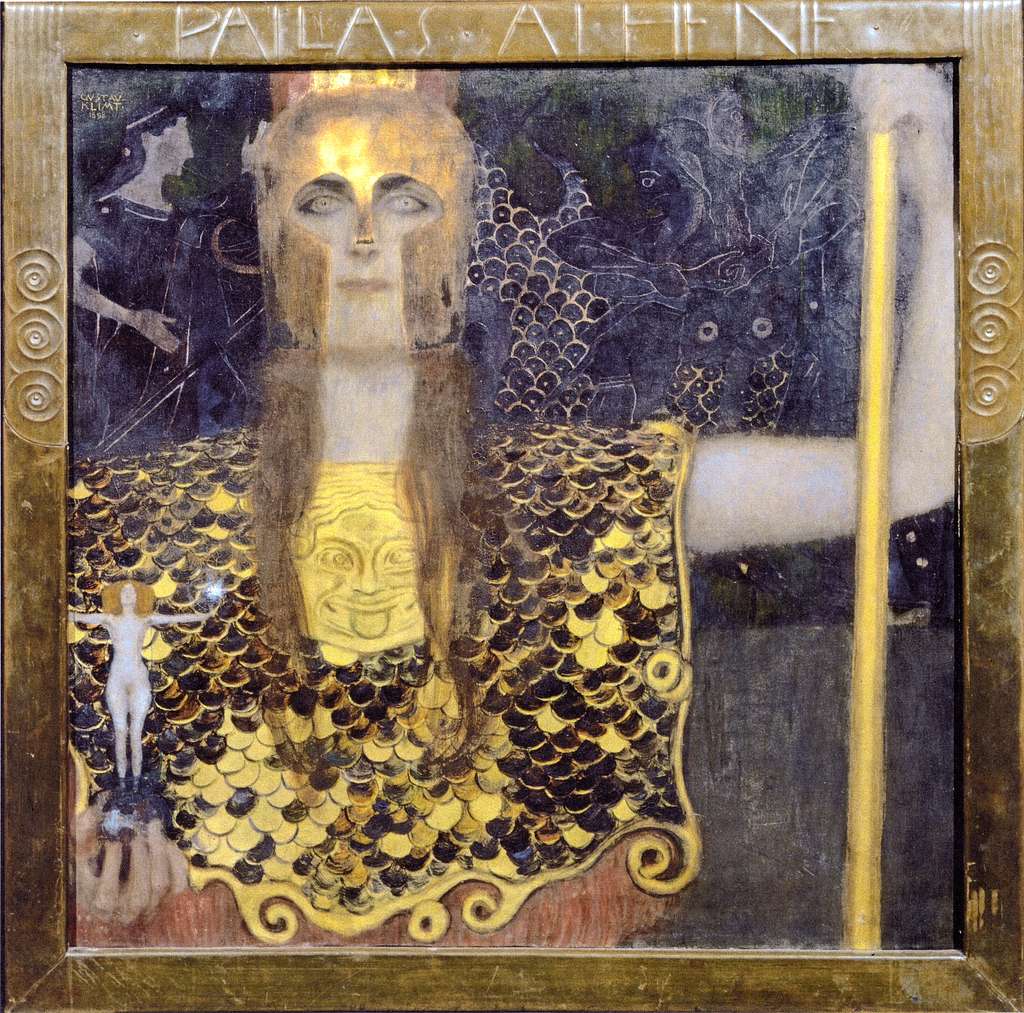
A powerful embodiment of wisdom and war, Klimt’s "Pallas Athene" reveals the artist’s bold shift into symbolism—fusing myth, strength, and feminine mystique.
Klimt’s Artistic Career: Breaking Traditions
Gustav Klimt received the Golden Order of Merit from Emperor Franz Josef I of Austria for his contributions to murals painted in the Burgtheater in Vienna. He also became an honourary member of the University of Munich and the University of Vienna. The tragedies of his father and brother’s deaths affected his artistic vision, and he shifted towards a personal style.
At the end of the 19th century, Klimt’s style was marked by the inclusion of Nuda Veritas (naked truth) as a symbolic figure in several of his works, such as Ancient Greece and Egypt (1891), Pallas Athene (1898), and Nuda Veritas (1899). Historians believe that through Nuda Veritas, Klimt criticized both the Habsburgs’ policies and Austrian society for ignoring the political and social issues of the time.
In the early 1890s, Klimt met Austrian fashion designer Emilie Louise Flöge, the sister of his sister-in-law, who remained his life companion. Gustav Klimt’s “Der Kuss” (The Kiss) (1907–08) is believed to depict them as lovers, created five years after his 1902 full-length portrait of her. Klimt also designed numerous costumes, which Flöge produced and modelled in his works.
Klimt started his career painting murals and ceilings in public buildings, earning a reputation as a skilled decorative artist. However, his later work embraced a more radical approach, combining sensuality with Symbolism.

A swirling masterpiece of symbolism, "The Tree of Life" unites heaven, earth, and the spiritual realm—Klimt's golden vision of eternal connection and artistic transcendence.
The Vienna Secession and Klimt’s Role
The Vienna Secession, an art movement derived from or closely related to Art Nouveau, was founded in 1897 by a group of artists and architects. Klimt was one of the founding members and president of the group. This group of artists and architects sought to break away from traditional art, promoting innovative styles and ideas. The group established its own exhibition space, the Secession Building, designed by Joseph Maria Olbrich, to showcase contemporary art. The group also established their journal as well with the name Ver Sacrum (Sacred Spring).
During this period, Klimt explored more than just public commissions. From the late 1890s, he spent summers with the Flöge family at Attersee, painting numerous landscapes like Schloss by the Water. Aside from figure painting, landscapes were his only serious artistic interest. His intense focus earned him the local nickname Waldschrat (“forest demon”).
Gaurav Klimt’s Attersee landscapes are highly regarded, displaying the same refined design and intricate patterns as his figurative works. He flattened deep space so effectively into a single plane that some believe he used a telescope to paint them.
Klimt contributed significantly through his leadership, artistic vision, and promotion of modernist ideas. He designed the group’s emblem and played a key role in organizing exhibitions, including the iconic Beethoven Exhibition in 1902. His distinctive Symbolist style, seen in works like Philosophy, Medicine, and Jurisprudence, exemplified the Secession’s break from convention. Though he left the group in 1905 due to internal disputes, Klimt’s influence shaped the movement’s impact on modern art.

An iconic embrace rendered in gold, epitomizing Klimt's Golden Period and the essence of love.
The Artistic Style and essence of Symbolism in Klimt’s work
Intricate patterns, symbolic imagery, and a fascination with the female form characterise Klimt’s art. His use of gold leaf, inspired by Byzantine mosaics, became a hallmark of his Golden Phase. This period produced some of his most iconic works, where shimmering gold backgrounds gave his subjects an ethereal, timeless quality. His paintings blended realism with decorative abstraction, making them instantly recognizable.
During this phase, life, love, and death were important themes in Klimt’s work. Though Klimt had previously used gold in his Pallas Athene (1898) and Judith I (1901), the works most popularly associated with the Golden Phase are the Portrait of Adele Bloch-Bauer I (1907) and The Kiss (1907–08).
Klimt’s Symbolism played a crucial role in Klimt’s art, allowing him to express complex emotions and themes like love, desire, and death. This is most evident in his depiction of the female figure, where his subjects are often adorned in elaborate clothing and jewelry, rich with patterns and symbolic meaning. Moreover, his signature style was characterized by gold leaf, intricate decoration, and symbolic imagery, which eventually helped establish a new modern identity in the art world.

A dazzling icon of Vienna’s Golden Age, this portrait immortalizes Adele in Klimt’s signature gold leaf—a fusion of elegance, sensuality, and timeless opulence.
Influence and Impact on Modern Art
Klimt’s unique approach to art inspired future generations, particularly in modern and abstract art movements. His emphasis on decoration, psychological depth, and eroticism influenced artists such as Egon Schiele and Oskar Kokoschka. His techniques and themes continue to shape contemporary art, fashion, and design.
Moreover, Lebensbaum Gustav Klimbt meaning “The Tree of Life, Stoclet Frieze,” is Klimt’s 1909 painting based on the Art Nouveau style, a symbolic genre painting housed at the Museum of Applied Arts, Vienna, Austria.
The Enduring Legacy of Gustav Klimt
Klimt influenced artists like Italian Liberty-style painter Galileo Chini (1873–1956). His work was showcased at the 1910 Venice Biennale. In 1914, Chini and Vittorio Zecchin (1878–1947) created decorative panels, La Primavera and Mille e una notte, for the Venice Hotel Terminus, later displayed at the Boncompagni Ludovisi Decorative Art Museum.
In 2006, an Austrian art-house biographical film titled Klimt was released, starring John Malkovich in the lead role. In 2008, fashion designer John Galliano drew inspiration from Klimt’s work for Christian Dior’s Spring-Summer haute couture collection. Similarly, Klimt’s influence was evident in Alexander McQueen’s 2013 collection.
Despite facing controversy during his lifetime, Klimt’s legacy remains stronger than ever. His works are housed in major museums and private collections, and his influence extends beyond painting into architecture, fashion, and digital media. As Klimt once said, “Art is a line around your thoughts,” a statement that reflects his ability to transform emotions into visual masterpieces. His paintings, notably The Kiss, continue to symbolise love, passion, and artistic innovation.
Honoring Klimt’s Legacy with Elisium Art
At Elisium Art, we celebrate visionaries like Gustav Klimt, who revolutionised artistic expression. Our platform is dedicated to preserving and promoting the legacy of influential artists while fostering contemporary talent. Much like Klimt’s defiance of artistic norms, Elisium Art provides a space where creativity flourishes beyond boundaries. Whether you’re an admirer of Klimt’s golden masterpieces or a modern artist inspired by his innovations, Elisium Art is committed to bridging the past and future of artistic expression. Join us in keeping the spirit of Gustav Klimt alive, ensuring that art continues to inspire, provoke, and elevate human experience.
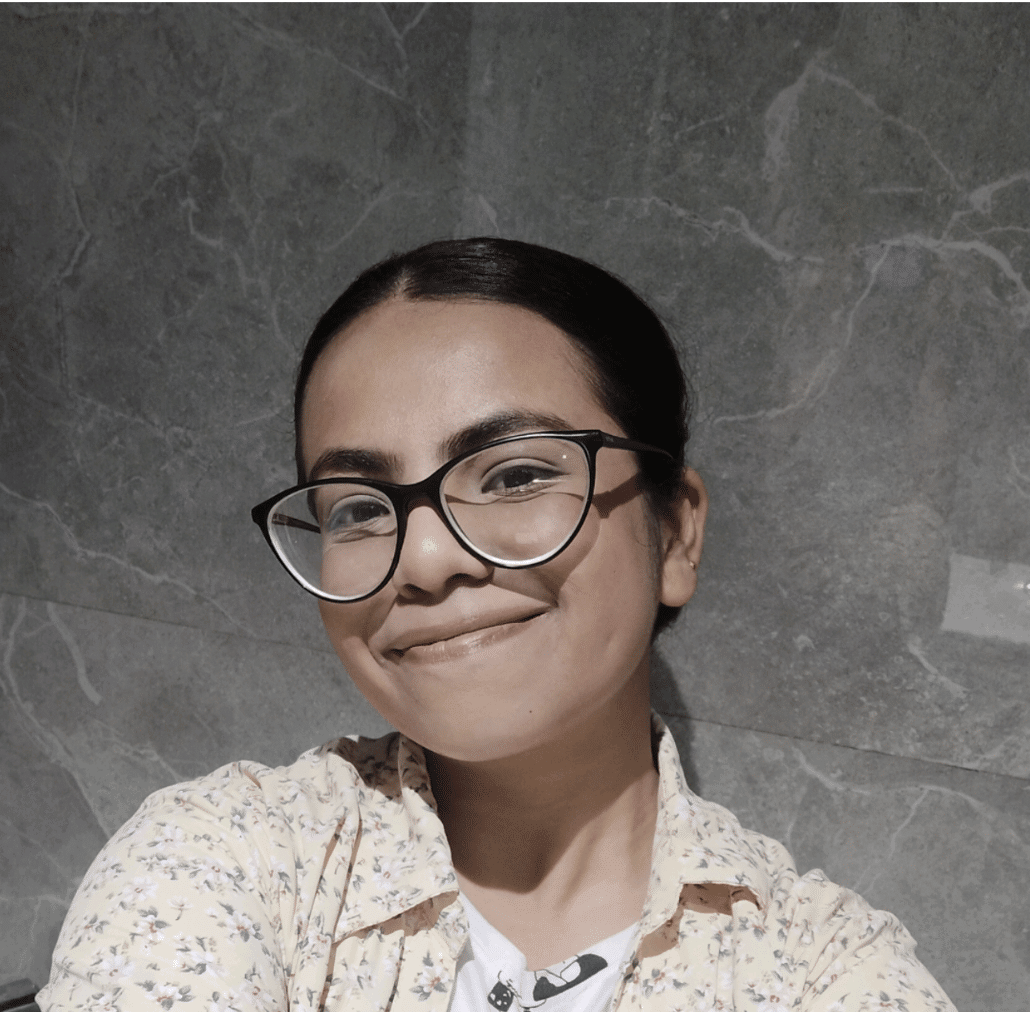
Written by
Kritika Saikia
Kritika Saikia is a writer and aspiring filmmaker with a passion for storytelling and a deep appreciation for the visual arts. Based in Guwahati, she brings a unique perspective to the Elisium Art marketing team, blending her love for narratives with a keen understanding of contemporary art. Her background in filmmaking and social media management allows her to craft engaging content that connects audiences with the diverse world of art, from the Western masters to the rich traditions of South Asian art. Kritika is dedicated to making art accessible and meaningful to all, using her writing and storytelling skills to illuminate the beauty and depth of artistic expression.


